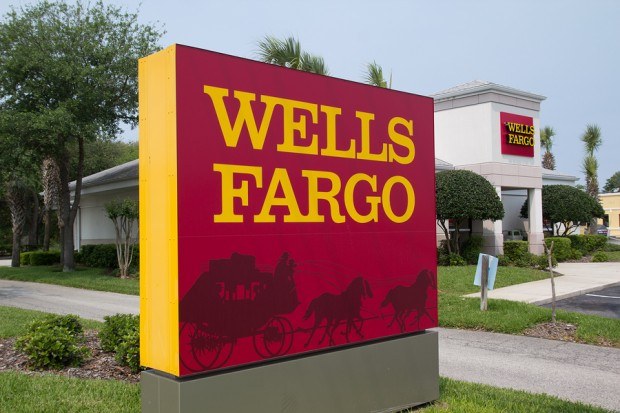U.S. regulators have rejected Wells Fargo & Co’s plan to repay customers who were pushed into unnecessary auto insurance, telling the bank it must do more to ensure it has found and compensated every affected driver, three sources familiar with the matter told Reuters.
Wells Fargo gave regulators the plan in June, as required by a $1 billion settlement the bank reached with the Consumer Financial Protection Bureau (CFPB) and the Office of the Comptroller of the Currency (OCC) in April.
After reviewing the plan – which could involve contacting some 600,000 drivers – the OCC told Wells Fargo it needed more assurances that the bank would find and repay everyone who was overcharged, said the sources, who were not authorized to speak publicly about the rejection.
The rejection is the latest wrinkle in Wells Fargo’s long-running sales scandal, which began in September 2016 with revelations that the bank had opened perhaps millions of accounts in customers’ names without permission to hit aggressive sales targets.
Since then, Wells has disclosed more customer abuses in businesses including mortgage lending, wealth management and the auto loans at issue here.
Representatives for Wells Fargo, the OCC and the CFPB declined to comment.
Drivers who bought a car through Wells Fargo and let their insurance lapse could be charged for “forced-place” policies. Wells enrolled about 2 million drivers into such policies and more than a quarter of those were not needed, officials have said.
Customers who were charged for unneeded insurance could face overdraft fees, damaged credit or vehicle repossession. As part of its settlement agreement, Wells Fargo had to review several years’ worth of bank andinsurance paperwork for those customers.
Although Wells Fargo gave regulators details on the number of customers harmed, what financial consequences they suffered and how the bank planned to compensate them, the OCC wants to see work behind the calculations before it will approve the plan, the sources said. The regulator also wants an explanation of how workers are performing day-to-day remediation tasks, they said.
The OCC does not have a deadline for when it must approve the plan, but Wells Fargo cannot finish its work without that all-clear from regulators.
It is not unusual for banks and regulators to haggle over the fine print of a settlement, and large banks tend to satisfy regulator demands quickly after a large penalty, said the sources and former officials.
Last year, Wells Fargo estimated that it would need $64 million to pay back customers but lawyers representing drivers say that estimate is way too low.





















 Surge of Supercharged Hurricanes Prompt Call for Cat 6 Classification
Surge of Supercharged Hurricanes Prompt Call for Cat 6 Classification  Slideshow: Carrier Management’s 2025 Top Editor’s Picks (Unlocked)
Slideshow: Carrier Management’s 2025 Top Editor’s Picks (Unlocked)  Northern California Flooding This Weekend Caused by Heavy Rain, High Tides
Northern California Flooding This Weekend Caused by Heavy Rain, High Tides  Breaking: Andersen to Replace Zaffino as CEO of AIG on June 1
Breaking: Andersen to Replace Zaffino as CEO of AIG on June 1 

